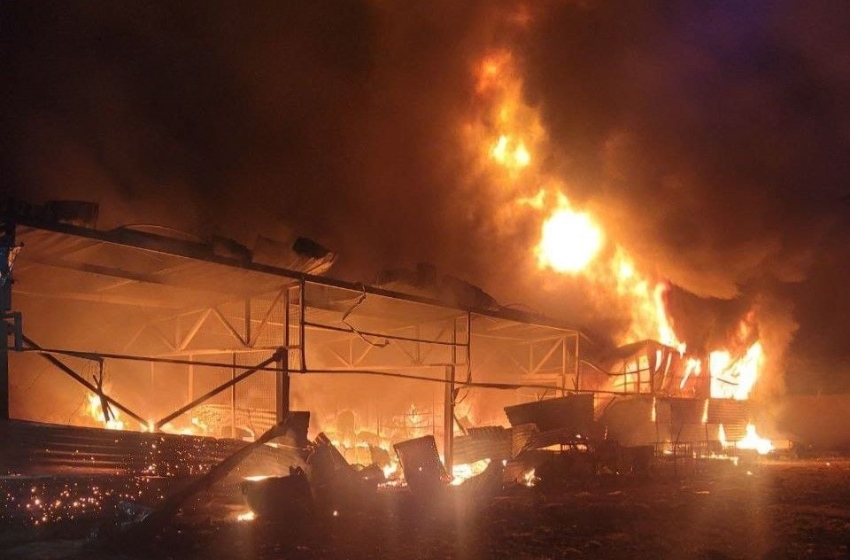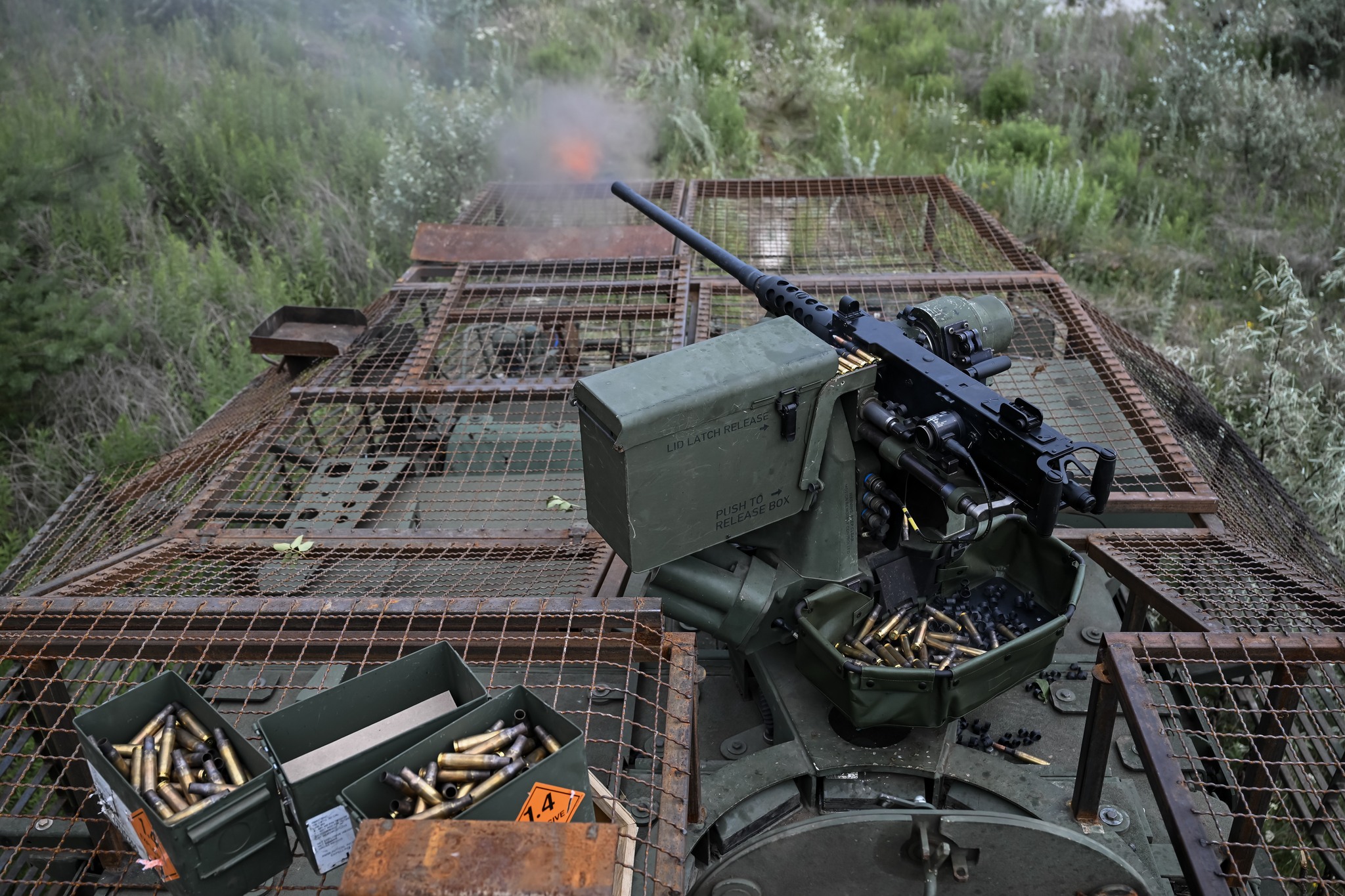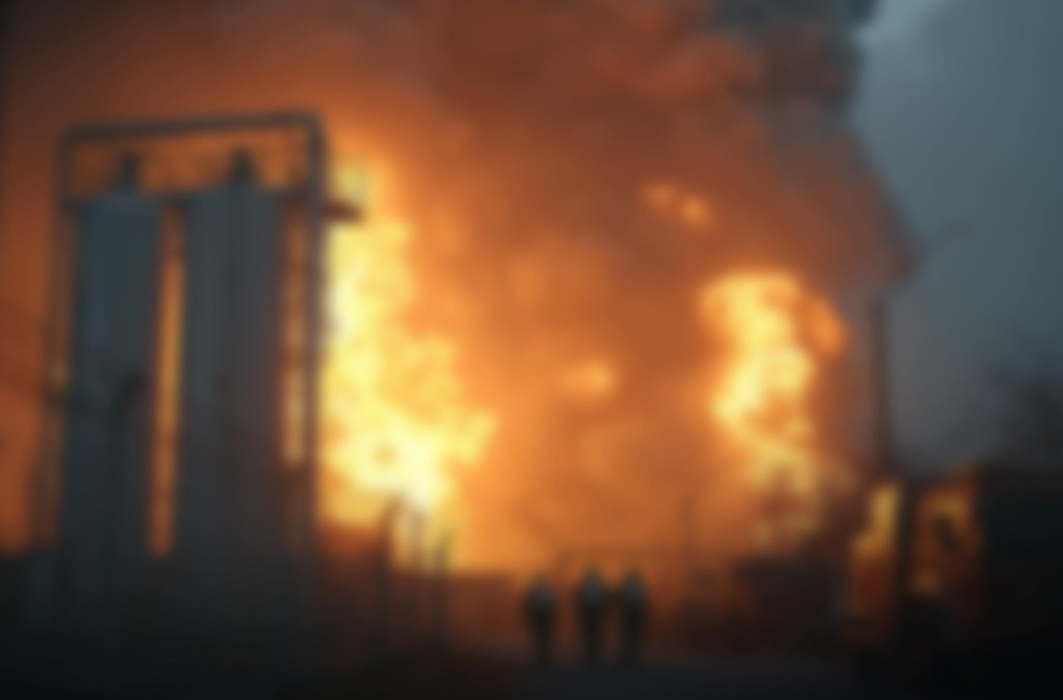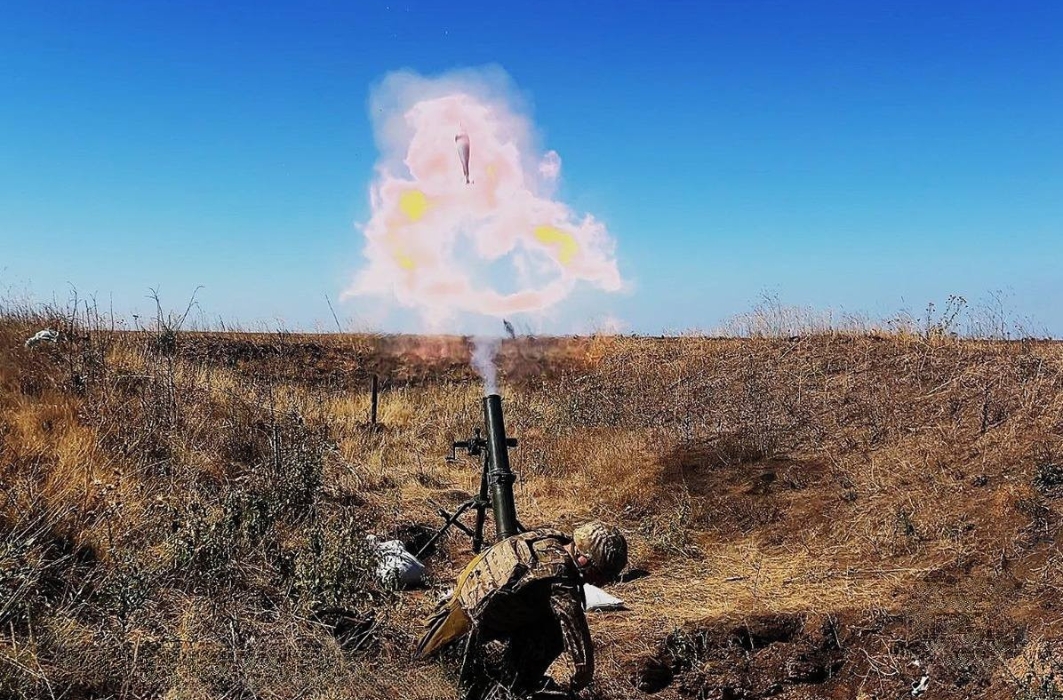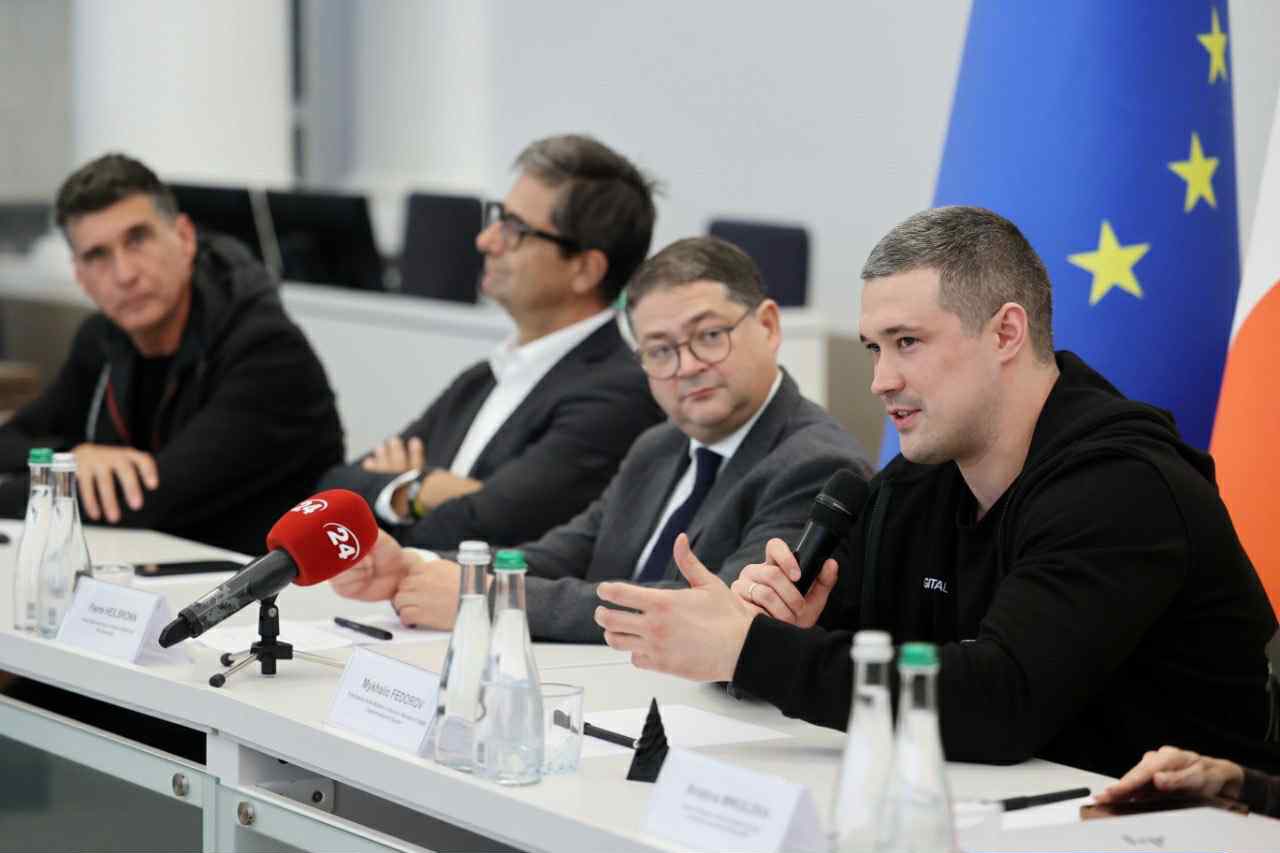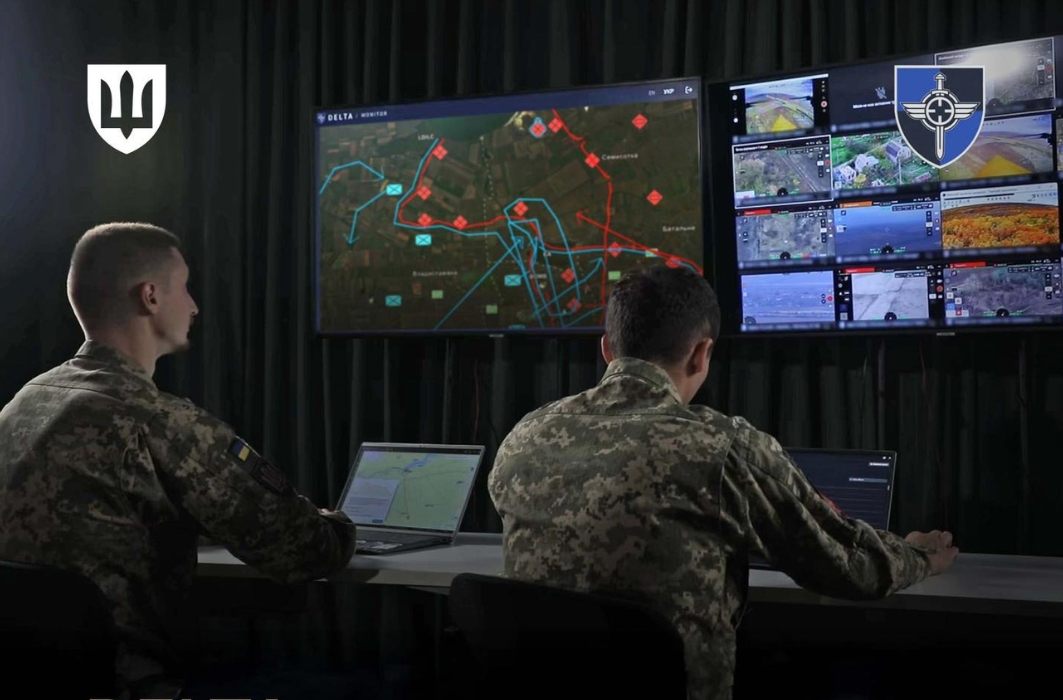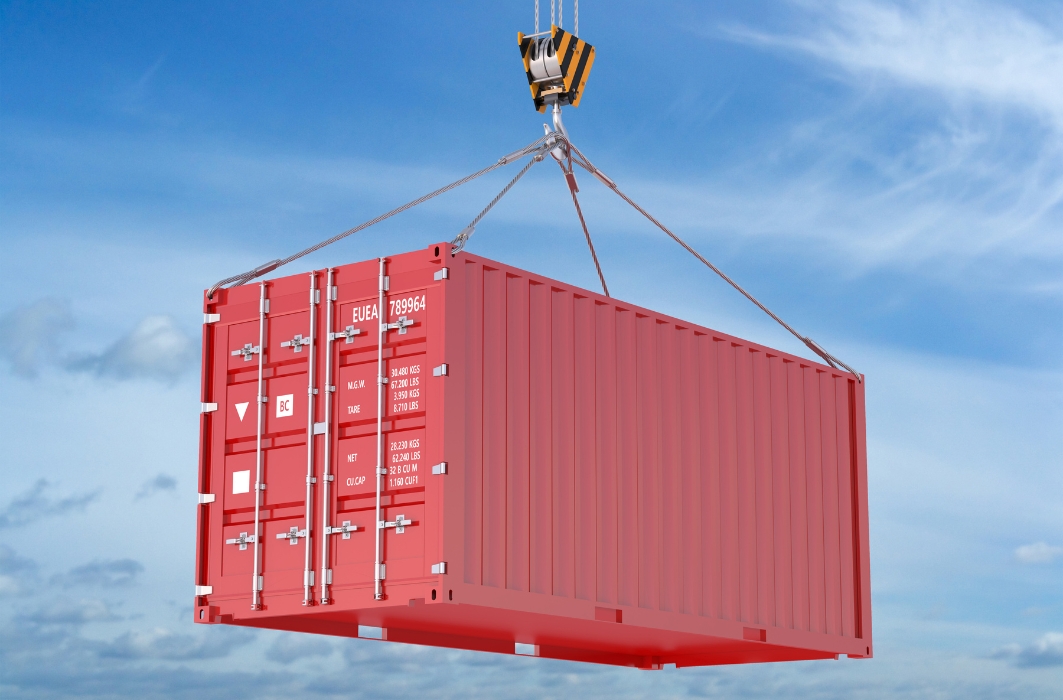Renewed direct communication between Donald Trump and Vladimir Putin — especially via phone calls — is causing serious concern among analysts and U.S. allies. According to the Robert Lansing Institute (RLI), such calls are often followed by sharp escalations in Russia’s military attacks on Ukraine, including mass strikes using Shahed-136 and Shahed-131 drones, as well as ballistic missiles. This pattern raises questions about the role and consequences of these communications.
In several confirmed cases — for example, in late May and June 2025 — large-scale attacks on Ukrainian infrastructure and civilian targets occurred within one to three days of Trump-Putin phone calls. During these assaults, Russia used Iskander-M and Kinzhal ballistic missile systems, along with Iranian drones launched from Crimea and Russia. This repeating pattern suggests a "shock and awe" operation often follows behind-the-scenes diplomacy.
Experts propose several motives behind Moscow's actions.
First, the Kremlin may be using Trump as a test to gauge Washington’s reaction to renewed aggression. Second, Russia may see Trump as a political tool to weaken Western unity, pressure Ukraine, and block military aid. The large-scale attacks immediately after these calls are intended to paralyze the West’s response and showcase Russian escalation dominance. It’s also part of psychological warfare — sending the message that diplomacy with Trump equates to violence, undermining trust in his initiatives.
The strikes are strategic: Russia signals that diplomacy is a façade used to cover war crimes. These actions weaken Ukraine’s leadership, erode public morale, and stir domestic unrest amid hopes for change in the U.S. Meanwhile, the Kremlin undermines Western mediation by tying diplomatic gestures to violence.
This strategy benefits Russia — it buys time, sows confusion among allies, aims to fracture NATO unity, and reduces support for Ukraine, all under the cover of a “diplomatic smokescreen.” For Trump, it’s politically risky but may boost his image among some Republican voters. For Ukraine and the West, this dynamic is extremely dangerous due to sudden escalations and the erosion of leverage.
The timeline of calls and subsequent attacks shows a clear correlation:
- February 12, 2025: Following the first direct call between Trump and Putin, a missile strike hit Kyiv the same day, causing casualties.
- March: Missile and drone strikes intensified during negotiations.
- June 14: No major attack occurred, but Russia was visibly increasing its military potential.
- July 3–4: After a one-hour phone call, one of the largest attacks followed, involving 550 drones and 11 ballistic missiles, resulting in significant injuries and destruction.
Recommendations for Western allies include:
- Treating Trump–Putin calls as signals to increase combat readiness and strengthen air defenses.
- Publicly exposing Russia’s use of “diplomatic smokescreens.”
- Accelerating delivery of air defense systems to Ukraine.
- Monitoring Russian military logistics closely after such diplomatic contacts.
- Countering Kremlin disinformation and clearly stating that Trump’s private diplomacy does not represent the official U.S. stance.
Ukraine, in turn, should activate civil defense immediately following reports of Trump–Putin contacts and coordinate with Western partners to protect critical infrastructure and civilian populations.









